Chaya
Cnidoscolus aconitifolius
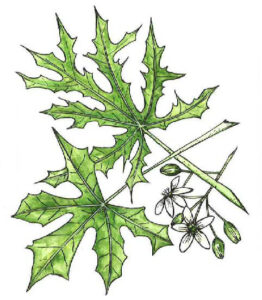
Chaya col, chaykeken, or kikilchay (Mayan, Central America), Mayan tree spinach (English)
Chaya is a highly nutritious leafy green vegetable that is indigenous to the Yucatan Peninsula in Mexico. It has played a central role in Mayan cuisine for thousands of years and remains an important part of indigenous culture today. Although chaya initially made its way to Florida via indigenous trade in the Caribbean, it is growing in popularity among home gardeners today because it is a drought-tolerant hot weather alternative to cool weather spinach with flowers that attract pollinators. It is important to note that chaya must be boiled before it is consumed because it is poisonous when raw.
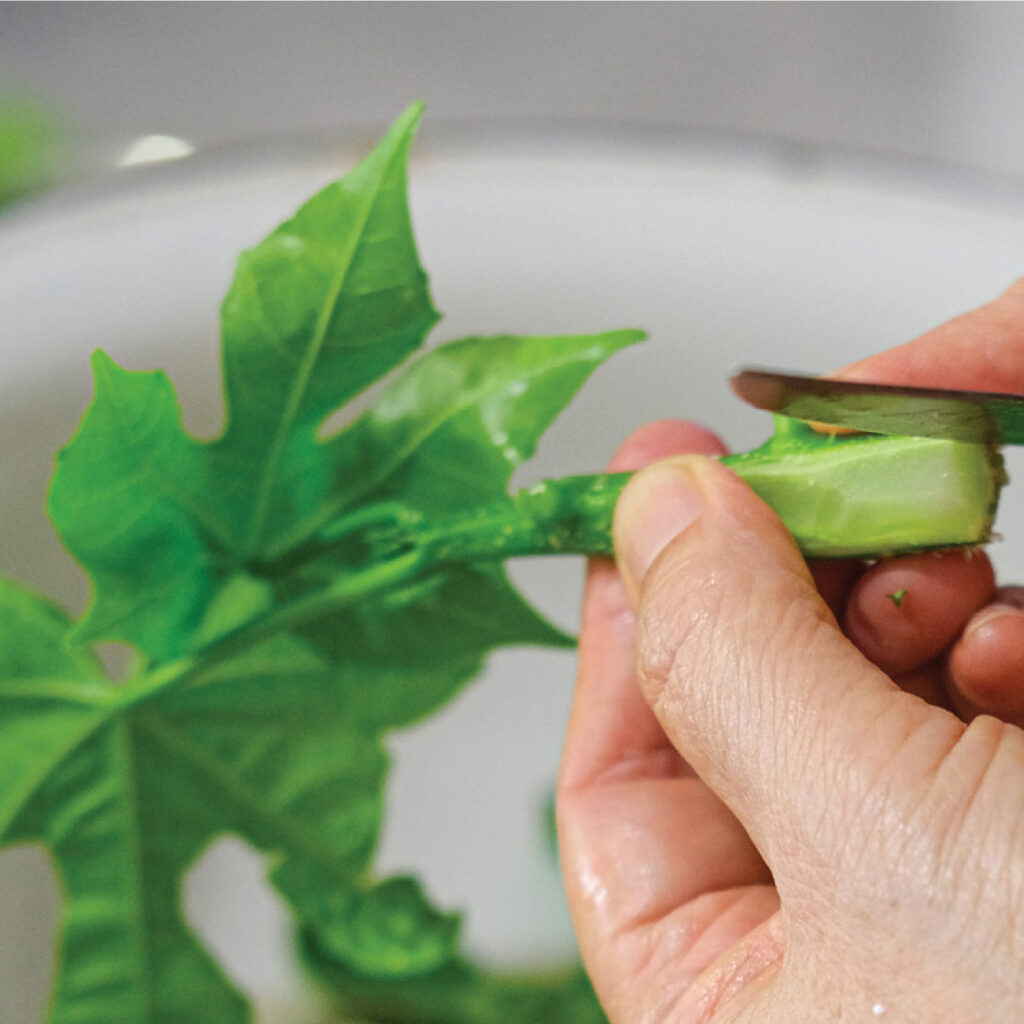
Chaya is indigenous to the Yucatan Peninsula in Mexico where it has been a popular leaf vegetable among Mayan communities for thousands of years. Its natural range spans from northern Mexico and as far south as Peru. It spread throughout the Caribbean and into Florida via indigenous trade prior to European colonialism. Chaya was introduced to Asia and Africa via trans-Atlantic trade during the colonial period. In the U.S. it is primarily grown as an ornamental and to attract pollinators. Yet, immigrant communities throughout Florida have called attention to the nutritional value of chaya, and many home gardeners are beginning to grow chaya as a hot-weather alternative to spinach.
Chaya must be cooked before it is consumed because raw chaya contains hydrocyanic acid, which is poisonous to humans. The leafy vegetable is boiled for approximately 20 minutes to destroy the toxin before it is consumed. Mayan people have used chaya leaves and stems as food and medicine for thousands of years, and it remains an important part of Mayan cuisine today. Popular dishes include dzotobichay or brazo de la India, which is a tamale with chopped chaya and a tomato-based sauce. Pibxcatic refers to stuffed peppers served with Chaya leaves and pork with sour orange; as an enchilada stuffing ingredient. Chakbilchay is a soup of chaya with lime. Modern recipes include adding chaya to fruit shakes. In the United States, chaya is used as a spinach substitute in egg dishes, fillings, and soups/stews.
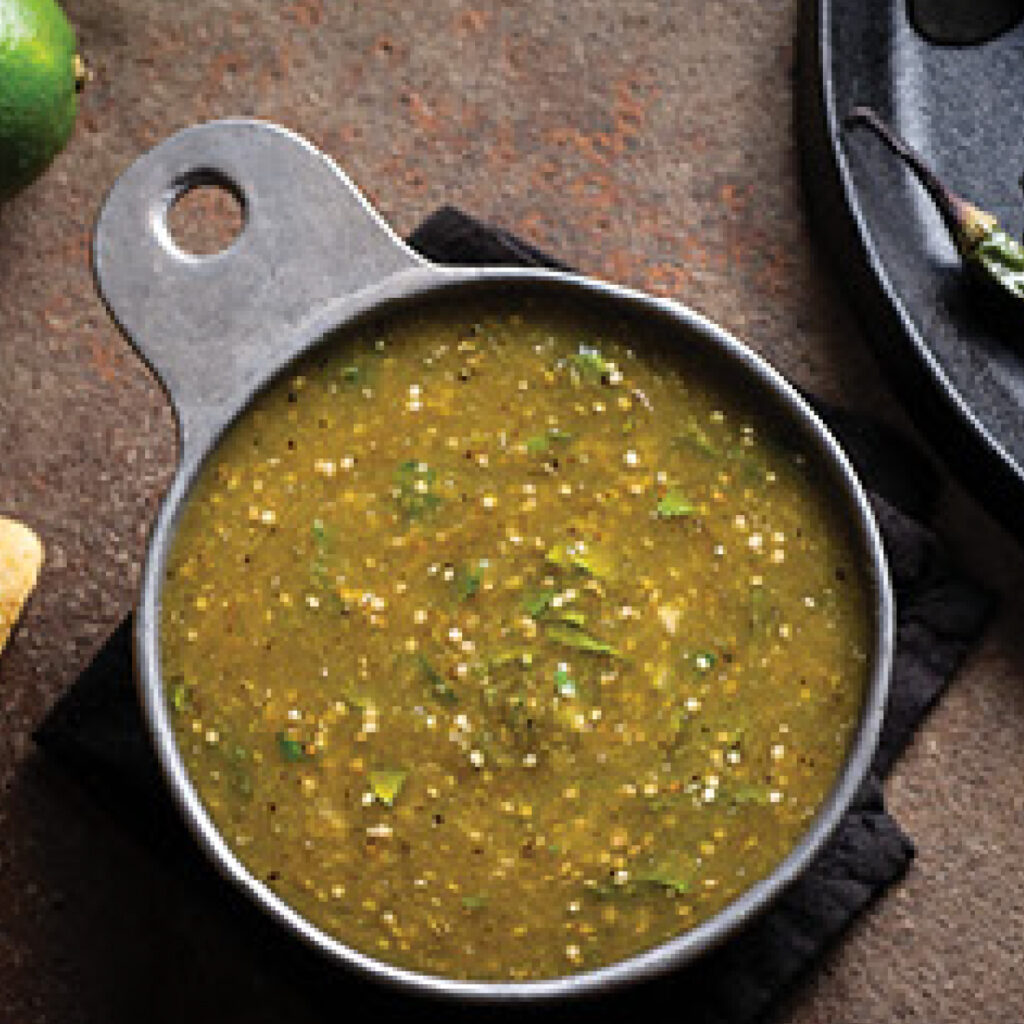
Chaya is rich in protein, vitamins C and A, calcium, potassium, and iron.
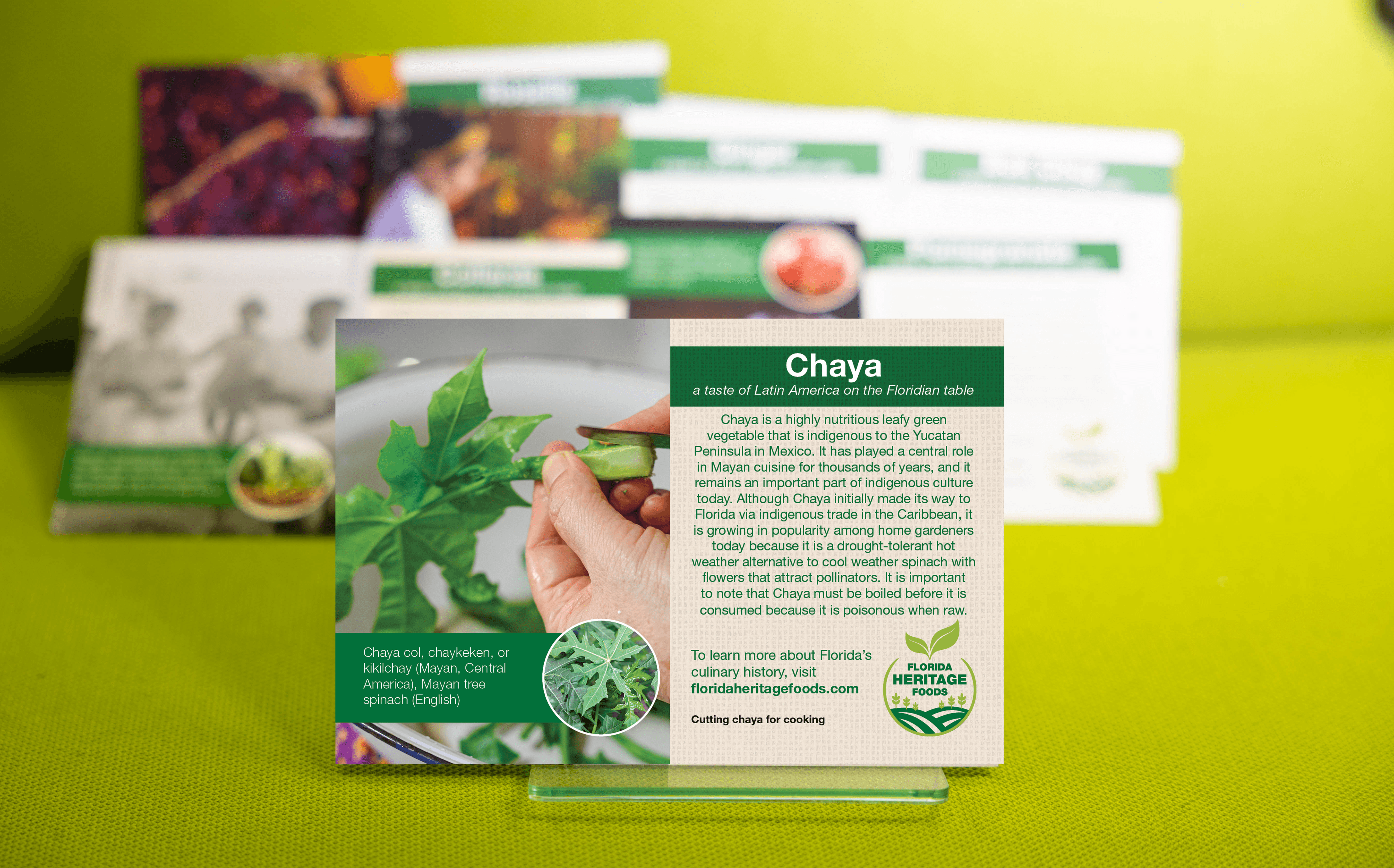
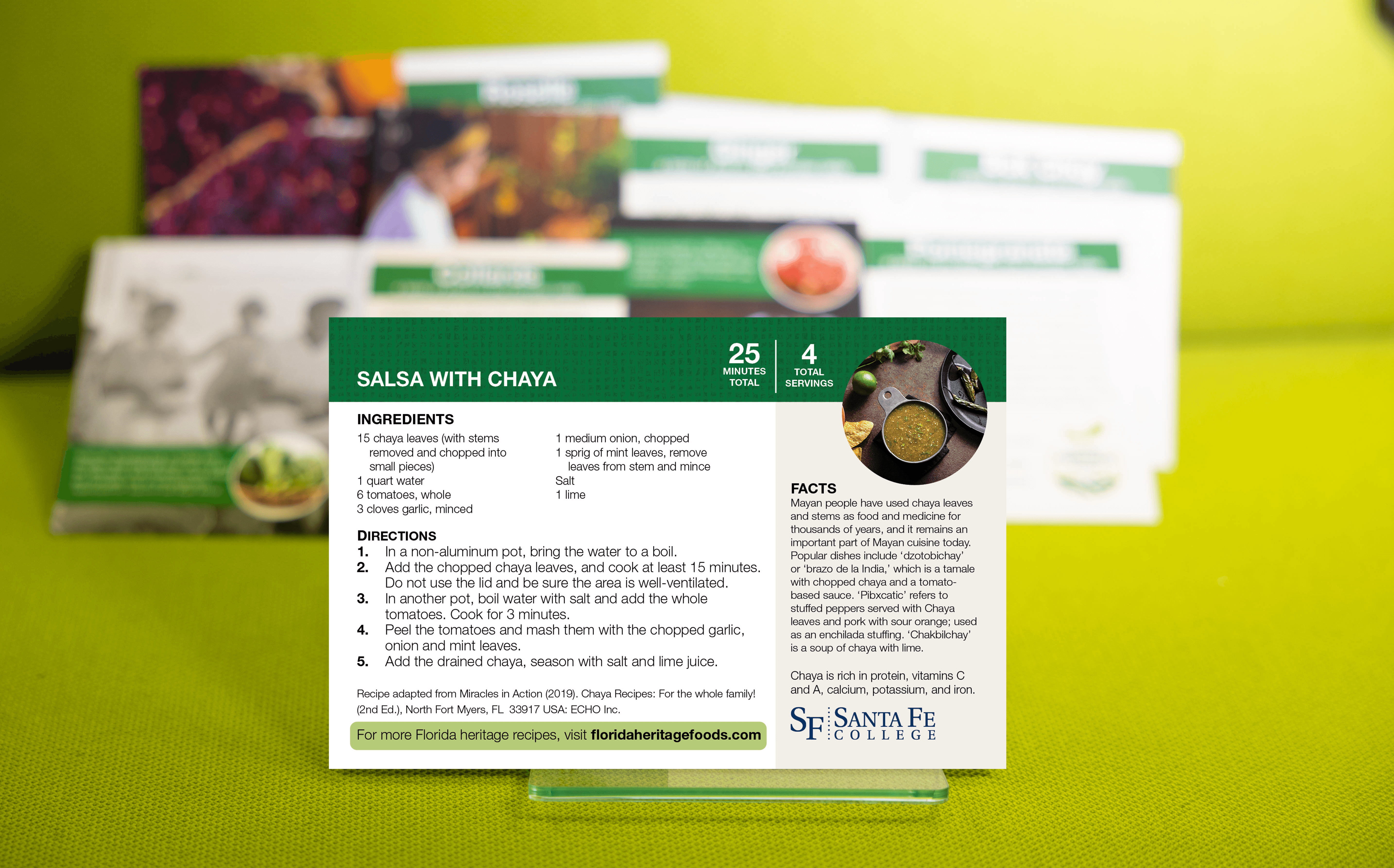
Although there are many varieties of chaya, the pig chaya is the best for edible purposes, especially because the stinging hairs are almost completely removed from its genetics (Stephens). Plant chaya from stem cuttings in March, harvesting July through August. Wear gloves as some varieties have spines, and some may sting.
To plan a Florida heritage garden, download the ‘Planning a Florida Heritage Garden (PDF).’

Santa Fe College Partnered with Multiple Organizations in a Collaborative Effort to Bring Awareness of the Heritage Plants In Florida.
BY CULTURAL HISTORY
BY GROWING SEASON
DROUGHT TOLERANT PLANTS
Commitment to Equal Access and Equal Opportunity
Santa Fe College is committed to an environment that embraces diversity, respects the rights of all individuals, is open and accessible, and is free of harassment and discrimination. For more information, visit sfcollege.edu/eaeo or contact equity.officer@sfcollege.edu.
SACSCOC Accreditation Statement
Santa Fe College is accredited by the Southern Association of Colleges and Schools Commission on Colleges (SACSCOC). For more information, visit sfcollege.edu/sacscoc.
